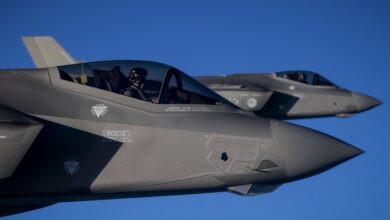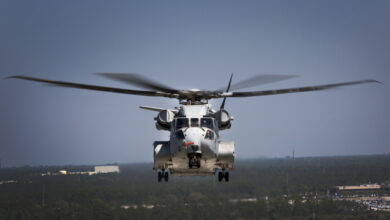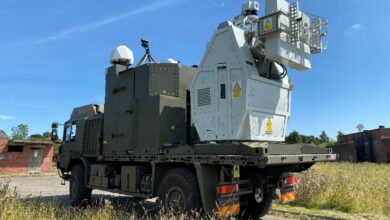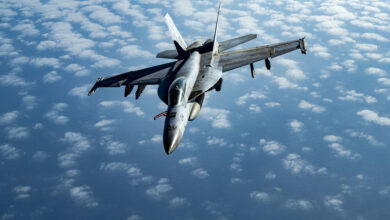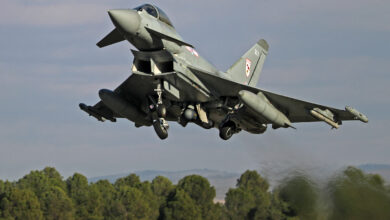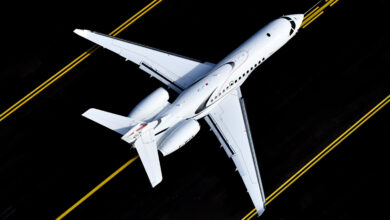Royal Australian Air Force Demos Camouflage to Hide Aircraft
The Royal Australian Air Force has tested a camouflage solution to hide aircraft from surveillance and weapons.
The trial sought to assess alternative methods and technologies, such as revetments, to support future agile operations.
Revetments shield infrastructure and vehicles from damage or discovery by adversaries.
They can be rapidly deployed and moved across various locations, making them a critical capability to protect military assets and confuse adversarial threats.
Other tactical revetments are used to absorb wave energies, block explosives, or fortify barricades on the battlefield.
Additional Knowledge
The Townsville-based 65 Air Base Recovery Squadron led the revetment construction for the trial Base Williamtown, New South Wales.
The team was also tasked with laying airfield matting, concrete walling installation, and other alternative approaches to enhance the effectiveness of the concealing equipment.

“Our team approached this task as an opportunity to take the skill sets we have and employ it in a new way in support of Air Force innovation,” Flight Lieutenant Paulo Cellini stated.
“We learnt a lot during the construction of the revetment, and [65 Air Base Recovery Squadron] will build upon these lessons to support future taskings.”
Further Tests Expected
Air Combat Group (ACG) Logistics Capabilities Director Capt. Jason Dean highlighted the benefits of the Williamtown activity for the Australian Department of Defence’s military objectives.
“The development and validation of a dispersed ACG aircraft revetment that can be repeated at scale across northern air bases – and other locations – is being very much driven by the Defence Strategic Review,” he explained.
“This first iteration will explore and evaluate solutions for taxiway matting, barrier construction, and camouflage and concealment.”
“Subsequent iterations are anticipated to further develop these concepts into an efficient and effective solution for implementation within the wider scope of airbase resilience.”



